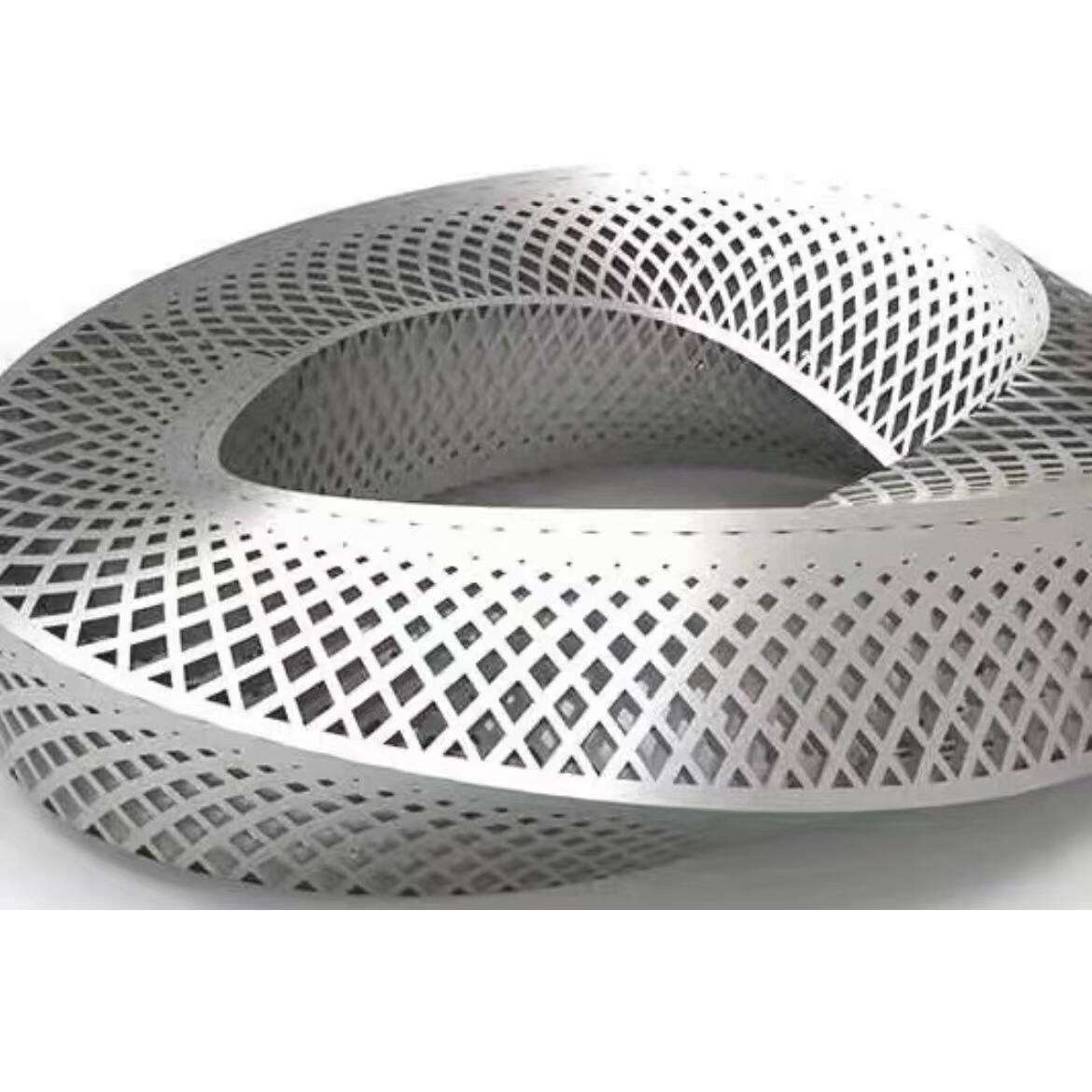Maintaining aluminum single board components is crucial for ensuring optimal performance and longevity in various electronic applications. These versatile boards serve as the backbone for countless devices and systems, making proper maintenance not just beneficial, but essential. Understanding the correct maintenance procedures can significantly extend the lifespan of your aluminum single board while maintaining its peak performance capabilities.
The unique properties of aluminum make these boards particularly valuable in modern electronics. Their excellent thermal conductivity, lightweight nature, and durability have made them increasingly popular in both industrial and consumer applications. However, these same properties also necessitate specific maintenance approaches to preserve their functionality.
Implementing a systematic inspection routine is fundamental for aluminum single board maintenance. Start by examining the board's surface for any signs of oxidation, which can appear as a whitish or grayish film. Pay special attention to connection points and component interfaces where moisture might accumulate. Regular visual inspections should occur at least monthly, with more frequent checks in high-humidity environments.
Documentation of inspection findings helps track changes over time and identify potential problem areas before they become critical. Create a detailed checklist that includes examining solder joints, checking for loose components, and evaluating the overall board condition.

The environment surrounding your aluminum single board plays a crucial role in its longevity. Maintain optimal temperature and humidity levels in the installation area. The ideal temperature range typically falls between 20-25°C (68-77°F), while relative humidity should be kept between 30-60%. Installing appropriate climate control systems and monitoring equipment helps maintain these conditions.
Consider implementing dust control measures such as air filtration systems and sealed enclosures. Dust accumulation can lead to overheating and performance degradation, making regular cleaning an essential part of maintenance.
Proper cleaning of aluminum single board components requires careful attention to detail and the right supplies. Use isopropyl alcohol (minimum 90% concentration) for removing dirt and contaminants. Apply the cleaner using lint-free cloths or specialized electronic cleaning swabs. Avoid excessive liquid application, as this could damage sensitive components or create unwanted electrical pathways.
For stubborn contamination, consider using specialized electronic contact cleaners designed for aluminum surfaces. Always ensure the board is completely powered down and disconnected before beginning any cleaning procedure. Allow adequate drying time before reconnecting power.
Applying appropriate protective coatings can significantly enhance the longevity of aluminum single boards. Consider using conformal coatings specifically designed for electronic components. These create a protective barrier against moisture, dust, and chemical contaminants while maintaining thermal conductivity.
Select coatings based on your specific operating environment and requirements. Some applications may benefit from silicone-based coatings, while others might require acrylic or urethane alternatives. Always follow manufacturer guidelines for application and curing times.
Effective heat dissipation is crucial for aluminum single board performance. Monitor operating temperatures using thermal imaging cameras or embedded temperature sensors. Establish baseline readings and track changes over time to identify potential cooling system issues early.
Optimize airflow around the board by maintaining proper spacing between components and ensuring ventilation pathways remain unobstructed. Consider upgrading cooling solutions if temperature readings consistently approach upper limits.
Regular performance testing helps identify potential issues before they impact operations. Develop a comprehensive testing protocol that includes both functional and stress testing scenarios. Record and analyze performance metrics to identify trends that might indicate maintenance needs.
Implement automated monitoring systems where possible to track key performance indicators continuously. This proactive approach allows for early detection of potential problems and helps optimize maintenance scheduling.
When problems arise with aluminum single boards, systematic troubleshooting is essential. Begin with visual inspection and progress to more detailed diagnostic procedures as needed. Document all symptoms and attempted solutions to build a knowledge base for future reference.
Keep a stock of commonly needed replacement components and repair supplies. This preparation can significantly reduce downtime when issues occur. Always follow proper ESD (Electrostatic Discharge) procedures during any repair work.
Know when to seek professional assistance for complex issues or specialized repairs. Establish relationships with qualified service providers who understand aluminum single board technology. Regular professional assessments can complement in-house maintenance efforts and provide valuable insights for improvement.
Maintain detailed records of all professional service interventions, including recommendations and outcomes. This documentation helps track the board's service history and guides future maintenance decisions.
Regular cleaning should be performed every three to six months, depending on the operating environment. However, in dusty or high-humidity conditions, more frequent cleaning may be necessary. Always monitor the board's condition and adjust the cleaning schedule accordingly.
Watch for signs such as unusual operating temperatures, degraded performance, visible oxidation, or unusual noise from cooling systems. Regular monitoring of these indicators helps identify maintenance needs before serious problems develop.
While compressed air can be used, it must be applied carefully and only with proper electronic-grade products. Maintain a safe distance and use short bursts to avoid damaging components or forcing debris into sensitive areas. Consider using specialized electronic cleaning products for better results.